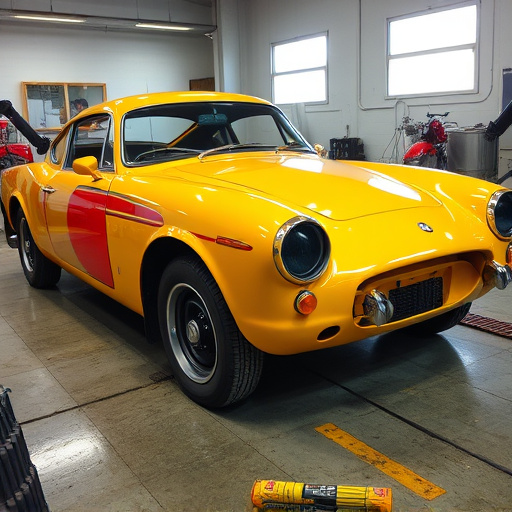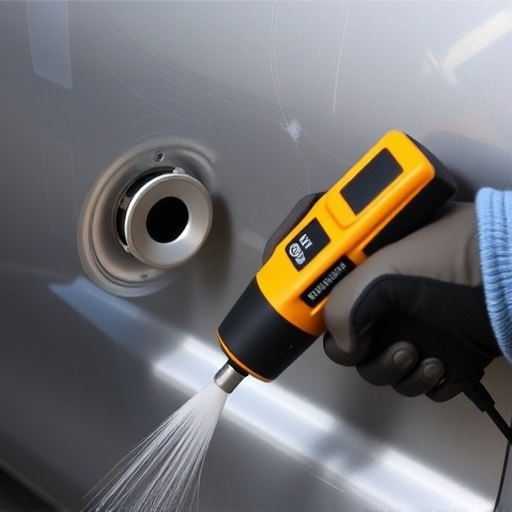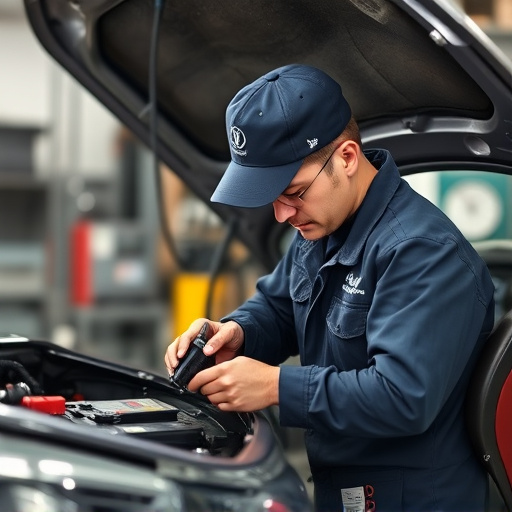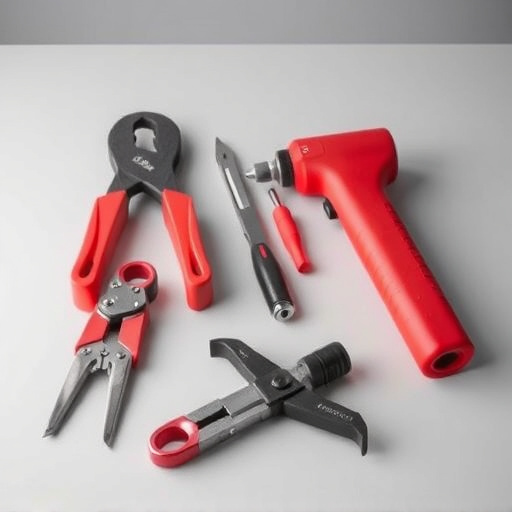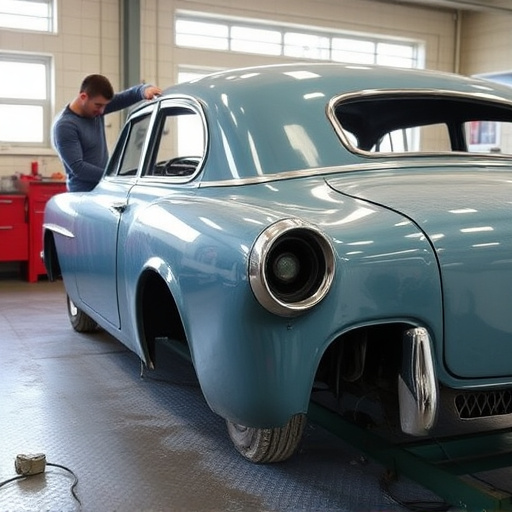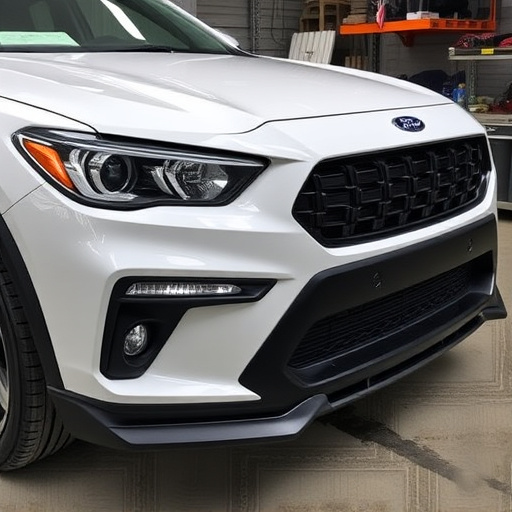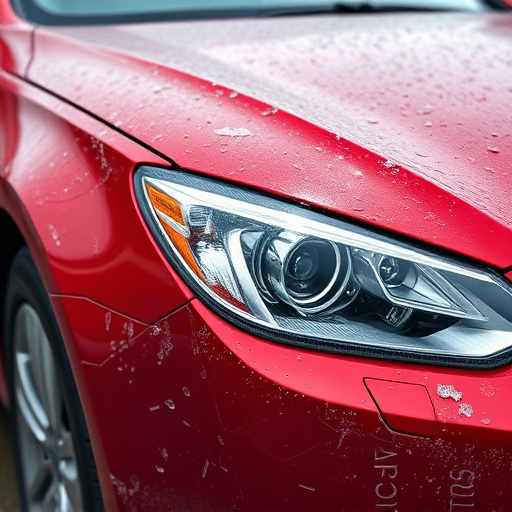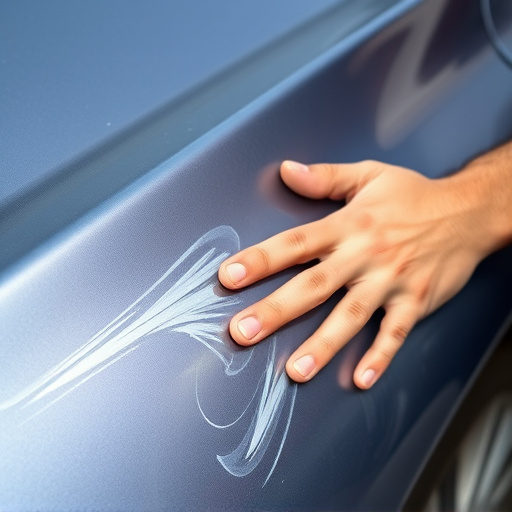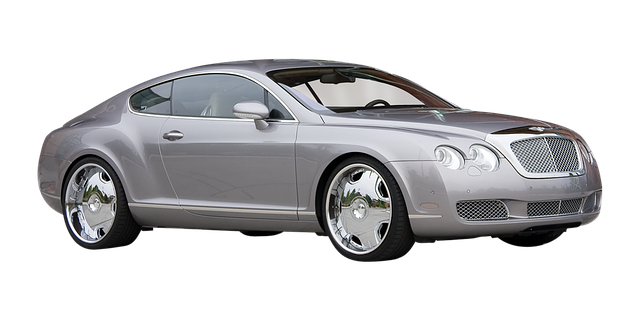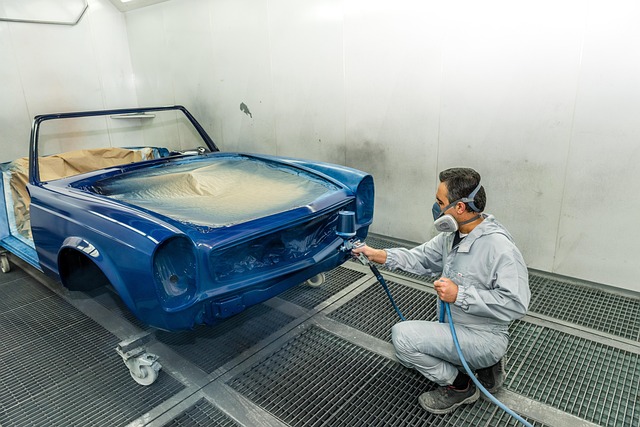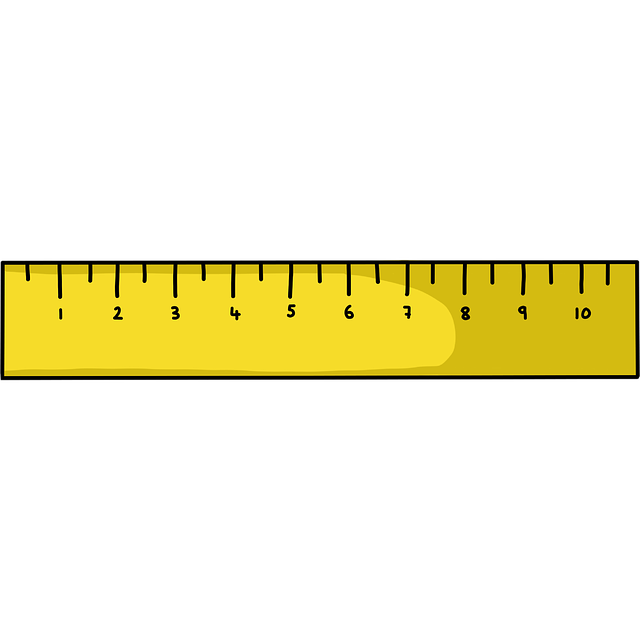Auto body panel replacement is a specialized process vital for restoring vehicles to pre-damage conditions. Technicians use advanced tools and techniques, including precise welding and alignment, to fit new panels seamlessly. This involves meticulous craftsmanship, expert knowledge of various car makes (like Mercedes Benz services), and adherence to safety protocols. Proper alignment after replacement ensures structural integrity, prevents issues, and enhances vehicle performance, providing drivers with peace of mind on the road.
Auto body panel replacement is a critical process in automotive repair, demanding precision and expertise. This article delves into the intricacies of welding and alignment, essential components for successful auto body panel replacements. We explore fundamental techniques, best practices, and meticulous alignment methods, ensuring structural integrity and superior craftsmanship. Understanding these key aspects not only enhances the quality of repairs but also contributes to the longevity and safety of vehicles.
- Understanding Auto Body Panel Replacement Basics
- The Welding Process: Techniques and Best Practices
- Precise Alignment: Ensuring Structural Integrity Post-Replacement
Understanding Auto Body Panel Replacement Basics
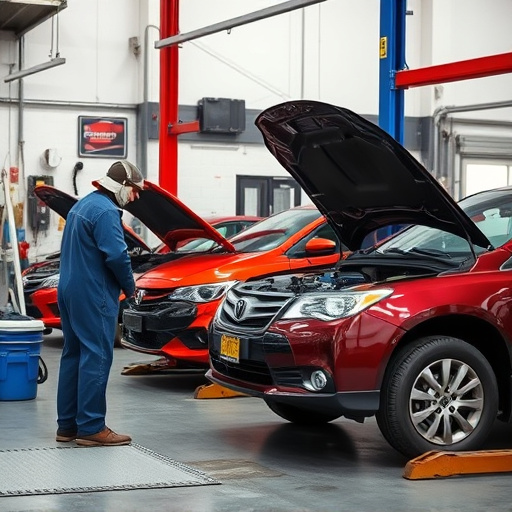
Auto Body Panel Replacement involves the process of repairing or replacing damaged or deteriorated panels on a vehicle’s exterior. This is often necessary due to accidents, wear and tear, or cosmetic reasons. The key goal is to restore the vehicle to its original structural integrity and aesthetic appeal.
Understanding the basics begins with recognizing that each panel on a car has specific functions and must be aligned precisely for optimal performance. For instance, while a fender covers and protects the wheel area, a door panel not only provides entry and exit but also contributes to the overall aerodynamics of the vehicle. Skilled technicians use specialized tools and techniques during auto body panel replacement, including welding and alignment, to ensure these panels fit seamlessly, enhancing both safety and aesthetics. This process involves meticulous measuring, cutting, shaping, and welding to match the original factory specifications, often requiring expertise in various automotive repair services, such as Mercedes Benz repair, depending on the make and model of the vehicle.
The Welding Process: Techniques and Best Practices
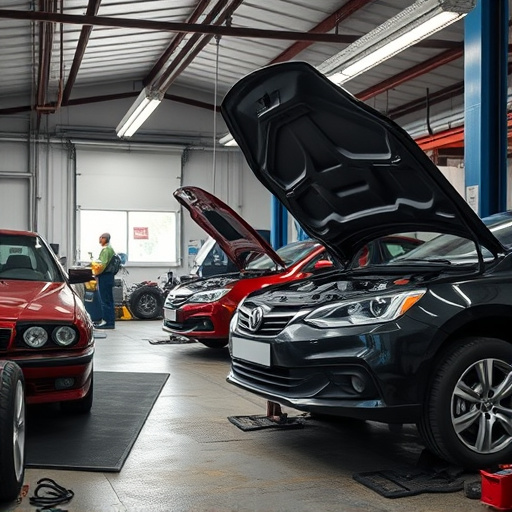
The welding process in auto body panel replacement is a critical step that demands precision and skill. The primary techniques involve spot welding, laser welding, and TIG (Tungsten Inert Gas) welding, each offering unique advantages for specific applications. Spot welding, popular for its speed and efficiency, uses localized heat to fuse metal, making it ideal for joining auto body panels with minimal distortion. Laser welding, on the other hand, delivers precise, high-intensity beams, allowing for intricate and accurate cuts and welds, crucial when handling complex panel shapes.
Best practices for successful welding include ensuring proper preparation of the metal surfaces, achieving optimal gaps and fit-up before welding, and using appropriate filler materials to match the original metal composition. Adequate ventilation is also essential due to the release of fumes during the process. For a seamless auto body panel replacement, especially in cases involving car body repair or vehicle dent repair, practitioners must master these techniques and adhere to safety protocols to guarantee structural integrity and aesthetic quality, even when performing tasks like auto glass replacement as part of the overall restoration process.
Precise Alignment: Ensuring Structural Integrity Post-Replacement
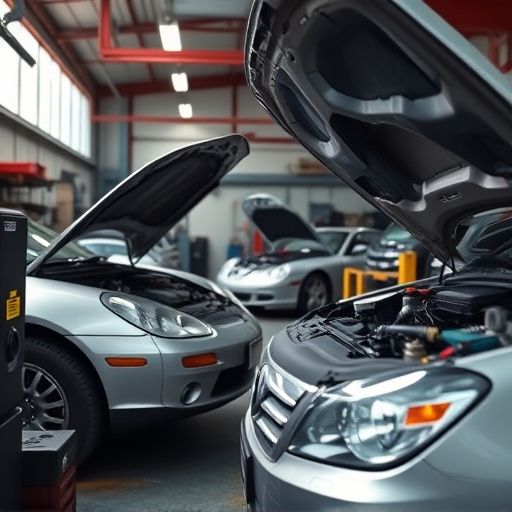
After successfully replacing an auto body panel, achieving precise alignment is paramount to maintaining the structural integrity of the vehicle. This meticulous process ensures that all components—from doors and fenders to hoods and trunks—are correctly positioned and aligned with the vehicle’s framework. Skilled technicians use specialized tools and techniques to accomplish this, including laser alignment scanners and computer-aided design software. These technologies enable them to measure and adjust panel gaps, angles, and curves within exacting tolerances, resulting in a flawless finish that matches the vehicle’s original specifications.
Proper alignment not only enhances the cosmetic appeal of the repaired area but also ensures optimal performance and safety. Misaligned panels can lead to issues like uneven wear on tires, compromised handling, and even increased fuel consumption. By prioritizing precise alignment during auto body panel replacement, automotive repair services and collision repair services guarantee that the vehicle returns to its pre-incident state, offering drivers enhanced peace of mind on the road.
In the realm of auto body panel replacement, a seamless blend of understanding, precision, and skilled execution is paramount. By mastering the basics, adopting best practices in welding, and prioritizing exact alignment, professionals can ensure structural integrity, quality craftsmanship, and customer satisfaction. These techniques, when applied diligently, not only revolutionize the repair process but also contribute to the longevity and safety of vehicles across the globe.

